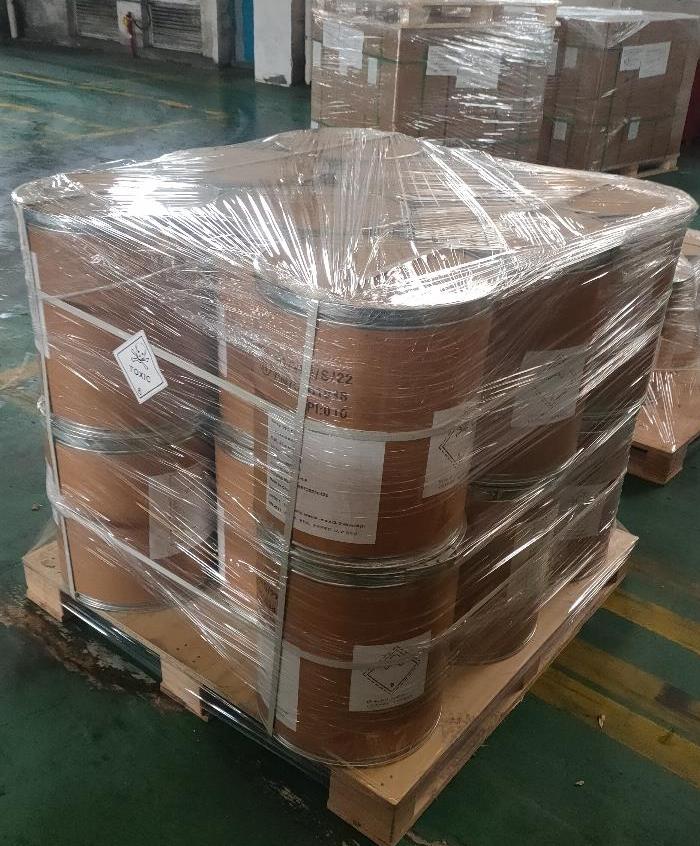Understanding Chemical Intermediates – The Building Blocks of Modern Industry
2025-06-12
In the vast world of chemical manufacturing, chemical intermediates play a crucial yet often underappreciated role. These substances act as essential building blocks in the production of countless everyday products, from pharmaceuticals to plastics, dyes to agrochemicals. Understanding what chemical intermediates are and their importance can shed light on how complex products come to life in industries worldwide.

What Are Chemical Intermediates?
Chemical intermediates are compounds produced during the multi-step chemical synthesis of a final product. They are not end products themselves but serve as vital components or precursors that undergo further chemical reactions. Essentially, they are the “middlemen” in the journey from raw materials to finished goods.
Why Are Chemical Intermediates Important?
Facilitate Complex Manufacturing: They enable the step-by-step transformation of raw materials into sophisticated products.
Enhance Efficiency: Using intermediates allows manufacturers to optimize reaction conditions and improve yield.
Support Variety: Different intermediates can lead to diverse end products, expanding the range of available chemicals.
Economic Value: Intermediates often form a significant part of the chemical supply chain and contribute to the global economy.
Common Types of Chemical Intermediates
Organic Intermediates: Such as alcohols, ketones, and esters used in pharmaceuticals, plastics, and fragrances.
Inorganic Intermediates: Like sulfuric acid and ammonia, critical in fertilizer and dye manufacturing.
Specialty Intermediates: Tailored chemicals for niche applications like electronics or cosmetics.
Applications of Chemical Intermediates
Pharmaceuticals: Intermediates are crucial in synthesizing active pharmaceutical ingredients (APIs).
Agriculture: Used in producing pesticides, herbicides, and fertilizers.
Plastics and Polymers: Key components in creating various polymers and resins.
Textiles and Dyes: Enable the production of vibrant dyes and fabric treatments.
Cosmetics: Serve as precursors for fragrances, preservatives, and active ingredients.
Challenges in the Chemical Intermediates Industry
Purity Requirements: High purity is essential to ensure safety and efficacy, especially in pharmaceuticals.
Environmental Concerns: Handling and disposal of intermediates must follow strict environmental regulations.
Supply Chain Stability: Interruptions can affect entire production lines downstream.
Innovation Pressure: Continuous development of new intermediates is needed to meet evolving market demands.
The Future of Chemical Intermediates
Advances in green chemistry, biotechnology, and process engineering are driving the evolution of chemical intermediates. More sustainable production methods, bio-based intermediates, and improved catalytic processes are making the industry cleaner and more efficient.
Conclusion
Chemical intermediates are the unsung heroes of the chemical industry, enabling the creation of countless products that shape our daily lives. By understanding their role and importance, we gain appreciation for the complex chemistry behind modern manufacturing and the ongoing innovation fueling industrial progress.


